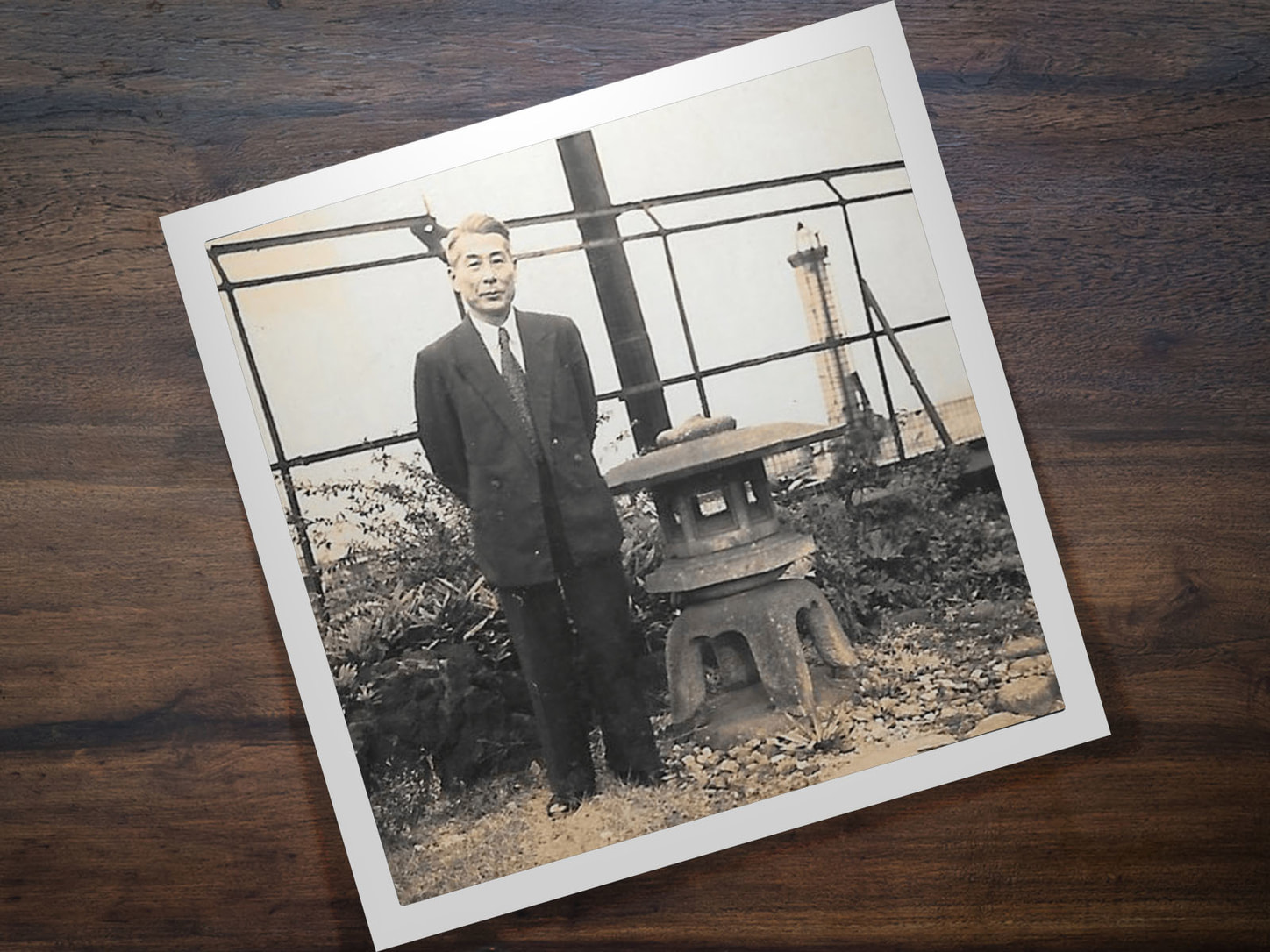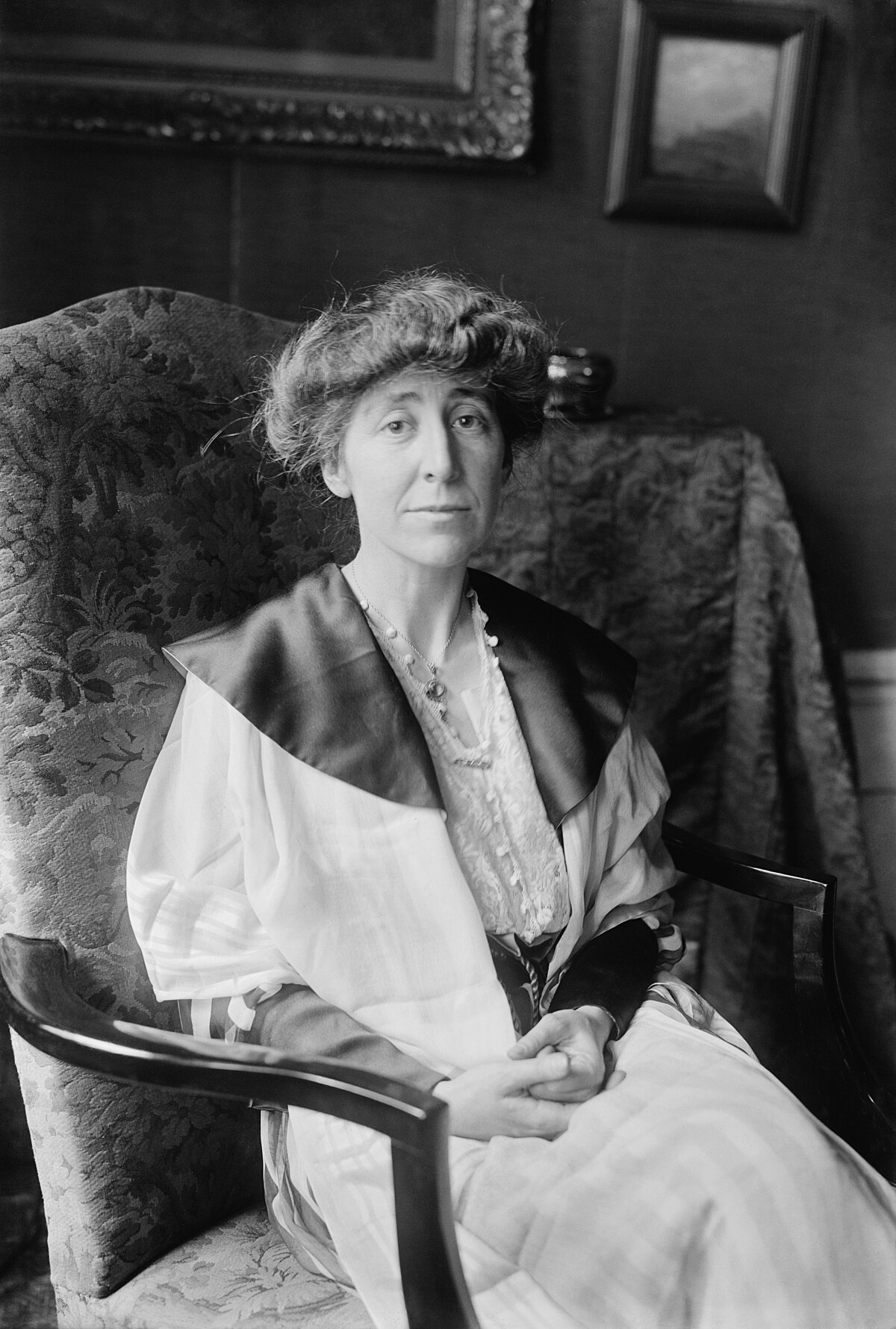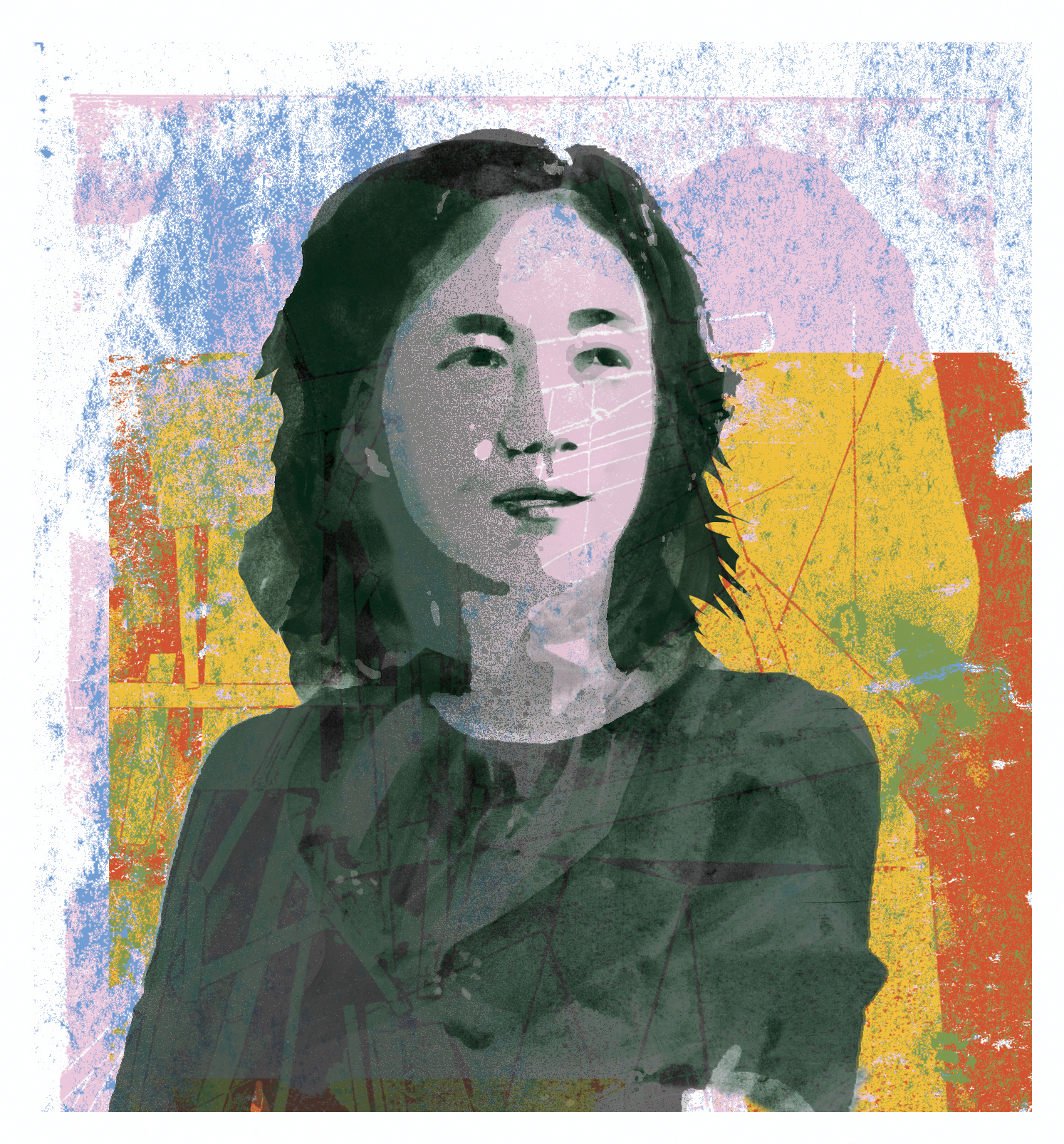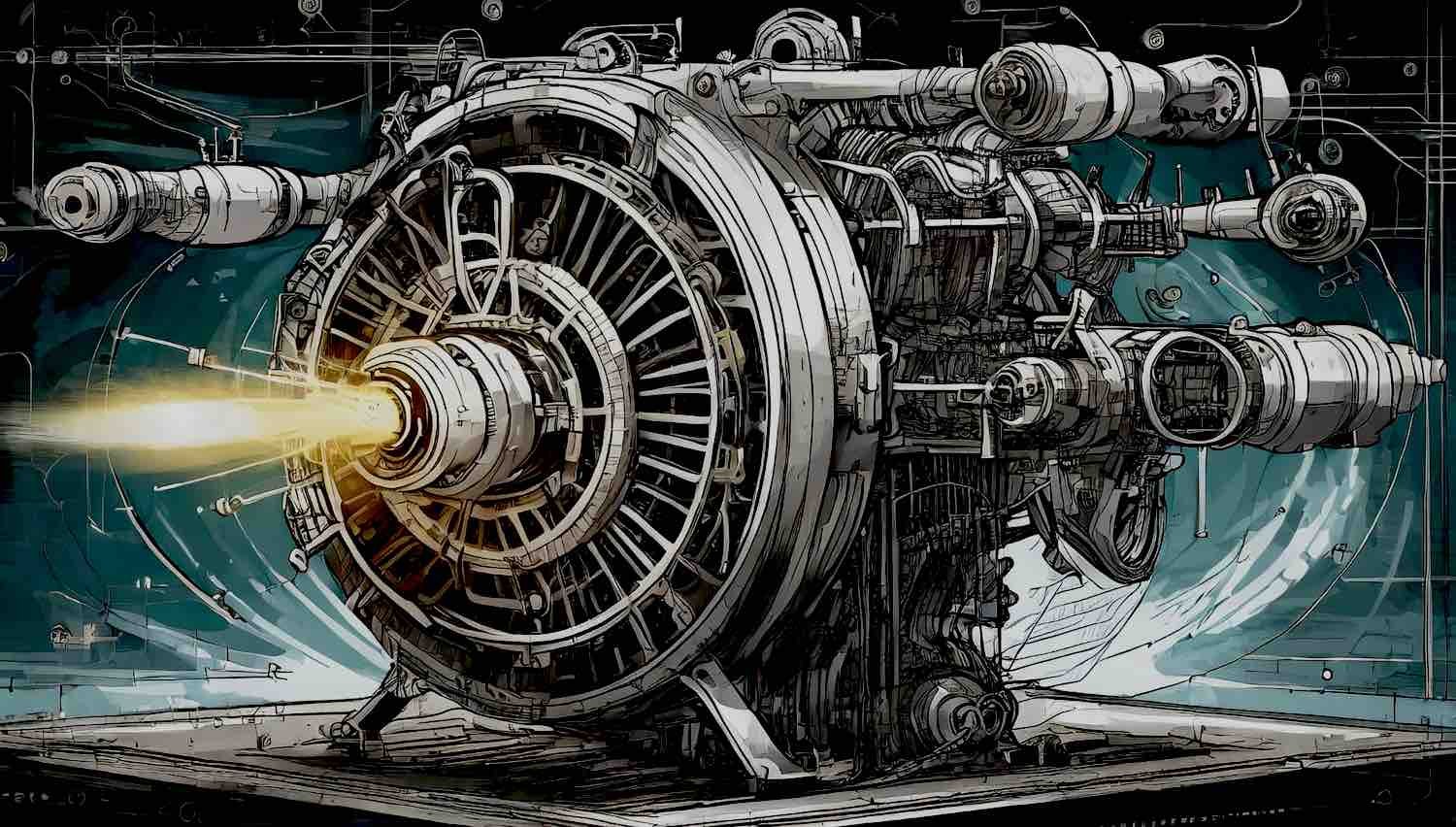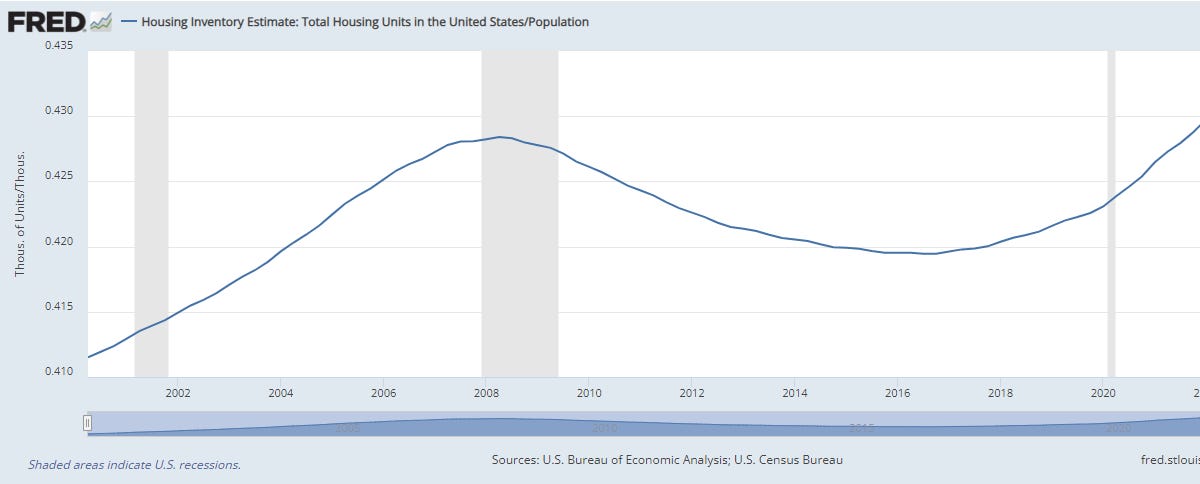
‘Tank Man’: The iconic rebellious image that China doesn’t want you to see
This picture sent ripples throughout the world on June 5, 1989, the morning after the Chinese military violently suppressed the Tiananmen Square protests. The sheer strength of this photo — one unarmed man, alone and helpless against several tanks — resonated with the entire globe — but not with China’s leaders.
Today, after almost three decades, we still don’t know who this man is and what happened to him, and the entire event is massively censored and denied in China.
The Tiananmen Square protests of 1989 (commonly known as the June Fourth Incident in China) started as a student movement in Beijing. Students gathered in the Tiananmen Square to mourn former Communist Party General Secretary Hu Yaobang, a liberal reformer. City residents widely supported the movement, exposing the rift between the Chinese leadership and their people. China was passing through a period of massive inflation and several corruption scandals. Protesters demanded freedom of the press, freedom of speech and government accountability — which, ironically, was exactly the opposite of what happened in 1989.
Initially, the government took a conciliatory stance toward the protesters, but after the movement spread to other cities, they decided to use massive force. Over 300,000 troops were sent to Beijing, authorized to use force however they deemed necessary to stop the protests. What followed next is generally referred to as the Tiananmen Square Massacre. Troops armed with rifles and tanks opened fire on the protesters, resulting in a dramatic bloodbath. The number of casualties was never properly reported, but it likely ranged in the thousands. That sad day, China’s democracy was squashed under the boots of the military — and that wasn’t even the end of it.




